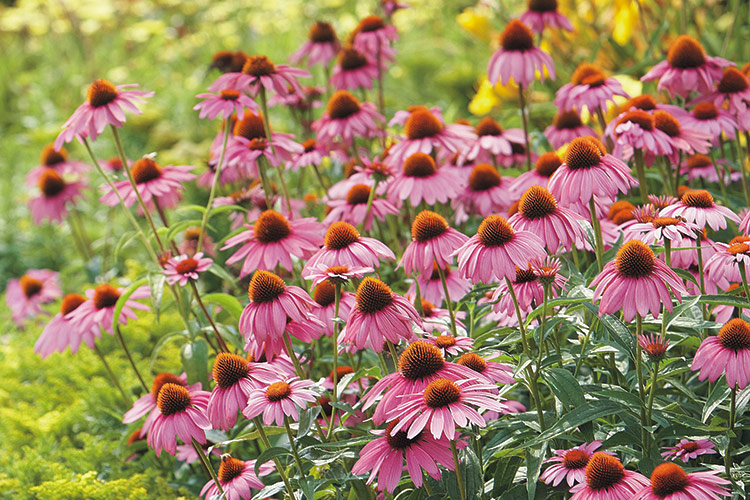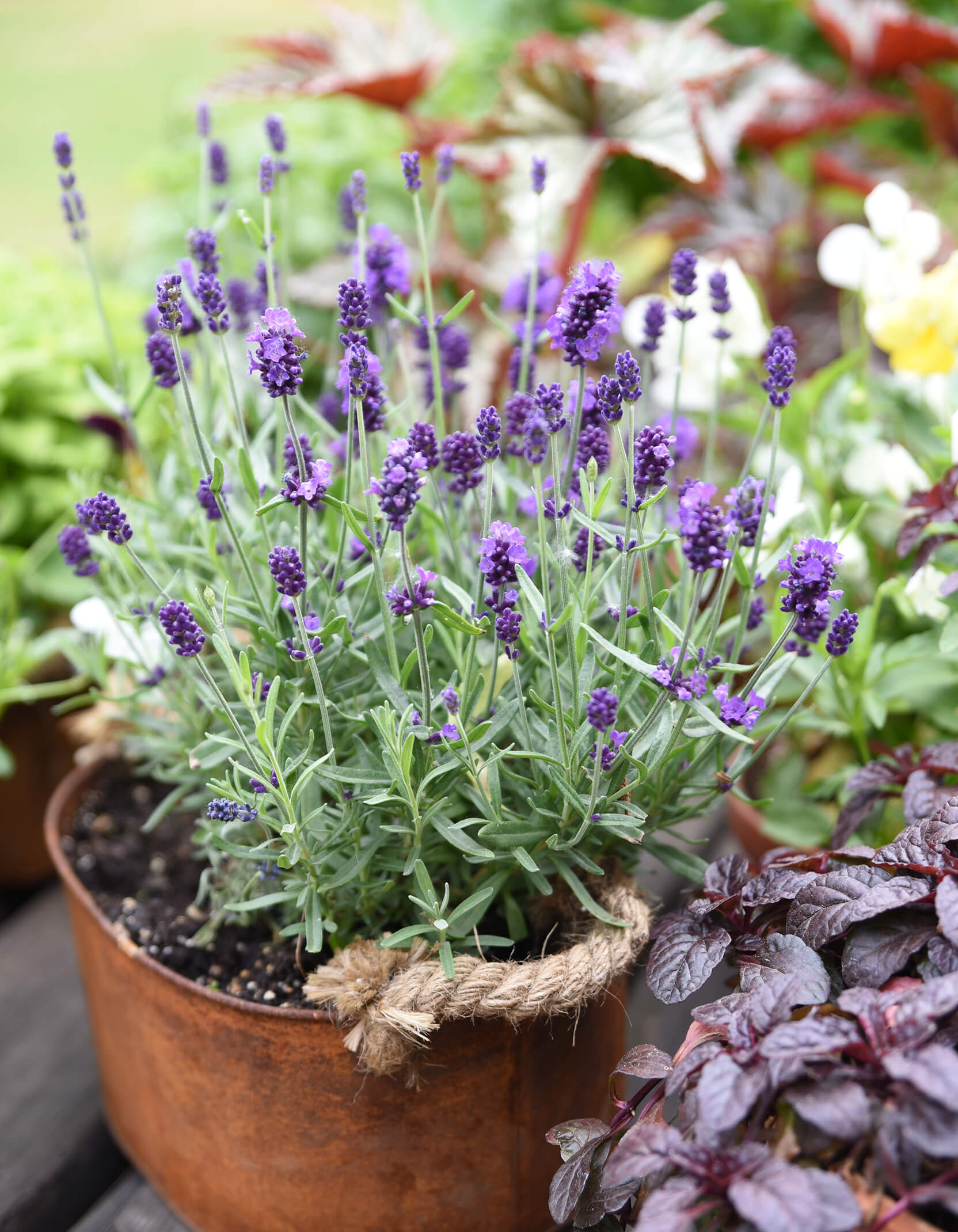St John's Wort Companion Plants That Will Thrive Together
St. John's wort (Hypericum perforatum) is a flowering plant that has been used for centuries for its medicinal properties. It is thought to be effective in treating mild to moderate depression, and it is also used for wound healing and anxiety.
St. John's wort is a sun-loving plant that prefers well-drained soil. It can be grown in a variety of climates, but it does best in USDA hardiness zones 4-9.
When choosing companion plants for St. John's wort, it is important to consider their growth habits and sunlight requirements. St. John's wort can grow quite tall, so it is best to plant it with shorter companions. It also prefers full sun, so avoid planting it with plants that require partial shade.
Here are some good companion plants for St. John's wort:
- Yarrow: Yarrow is a hardy perennial that blooms in late summer. It is a good companion plant for St. John's wort because it attracts beneficial insects, such as ladybugs and lacewings. Yarrow also helps to repel pests, such as aphids and spider mites.

- Bee balm: Bee balm is a native North American wildflower that blooms in summer. It is a good companion plant for St. John's wort because it attracts bees and butterflies. Bee balm also helps to improve the soil quality, making it more beneficial for other plants.
- Coneflower: Coneflower is a tall, daisy-like flower that blooms in summer. It is a good companion plant for St. John's wort because it attracts beneficial insects and helps to deter pests. Coneflower also helps to improve the soil quality.

- Lavender: Lavender is a fragrant herb that blooms in summer. It is a good companion plant for St. John's wort because it helps to repel pests and improve the soil quality. Lavender also helps to deter rabbits and deer.

- Marigold: Marigold is a colorful annual flower that blooms in summer. It is a good companion plant for St. John's wort because it helps to repel pests and improve the soil quality. Marigolds also help to deter nematodes, which can damage the roots of St. John's wort.

These are just a few of the many companion plants that can be grown with St. John's wort. When choosing companion plants, it is important to consider the specific needs of your garden and the plants that you want to grow.
FAQ of st john's wort companion plants
null
Image of st john's wort companion plants
- Wood's Purple Aster is a tall, upright plant with purple flowers that blooms in late summer. It is a good companion plant for st john's wort because it attracts butterflies and other pollinators.

- Hairy Wild Petunia is a low-growing plant with lavender flowers that blooms in early summer. It is a good companion plant for st john's wort because it has similar growing conditions and helps to suppress weeds.

- Montrose White Calamint is a spreading plant with white flowers that blooms in summer. It is a good companion plant for st john's wort because it helps to deter pests and diseases.

- Pixie Meadowbrite™ Coneflower is a compact plant with orange-red flowers that blooms in summer. It is a good companion plant for st john's wort because it attracts butterflies and other pollinators.

- Coneflower is a tall, upright plant with daisy-like flowers that blooms in summer. It is a good companion plant for st john's wort because it attracts butterflies and other pollinators.

Post a Comment for " St John's Wort Companion Plants That Will Thrive Together"